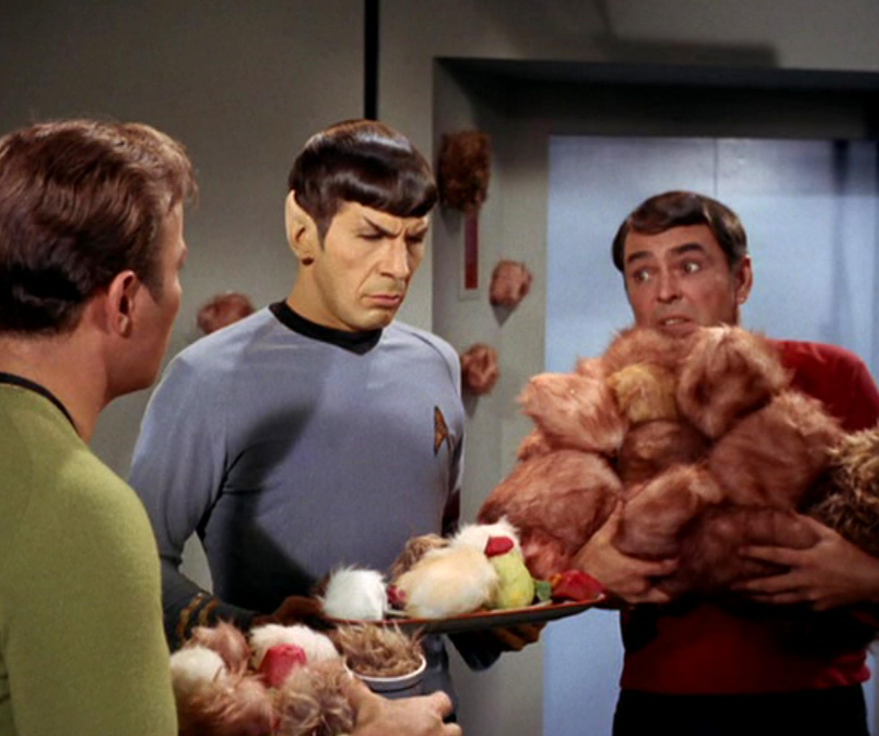Gene Roddenberry’s Star Trek is considered to be an innovative movement in the television show that revolutionized the space adventure genre in the 1960s. The series featured Leonard Nimoy playing one of the most iconic characters which forever became synonymous with his name, in Mr. Spock.

Nimoy left a mark on the entire Star Trek franchise, and to think that someone else could be in the role of Mr. Spock just feels wrong. While things looked peaceful on the television, behind the scenes of the original series, things were heated between Nimoy and the series’ creator, Roddenberry.
Things often escalated so much that the two would often oppose each other on the set. As a result, their relationship strained so much that things got difficult between them, and it escalated to the point that forever severed their relationship.
Leonard Nimoy And Gene Roddenberry’s Feud Started Over Contract Negotiations
Leonard Nimoy was Gene Roddenberry’s first choice to portray the role of Mr. Spock in the original Star Trek Series, and it was the actor, who developed the character, including the Vulcan Nerve pinch. Moreover, it was his intriguing performance that assisted the show in taking off the show during its first season.

However, tensions started to arise before the 2nd season of the show, that is during the contract negotiations, as Nimoy’s agent asked for a sum of $9,000 per episode though the actor only wanted $2,500 per episode according to These Are the Voyages via CBR.
This action irked Roddenberry, but Nimoy’s next request made the creator furious. The actor wanted to have input on the scripts and wanted to control the direction of his character.
After getting both of his demands met, Nimoy noticed that the writers used to make an active effort to diminish his character. The strain increased over business disagreements over royalties for the album Leonard Nimoy Presents Mr. Spock’s Music From Outer Space and other merchandise, but that was not all.
The real tension started showcasing during Season 3 of the show, in the Is There No Truth In Beauty, the IDIC symbol was initially designed to be a medallion, that Spock would wear. However, when the actor received the script, he found the scene to be “deadly dull and almost completely pointless,” making him ask for rewrites.

During this period Gene Roddenberry had stepped away from the show running responsibilities, but to some extent, it annoyed the creator. In the book The Fifty Year Mission: The First 25 Years by Edward Gross and Mark A. Altman, it was mentioned that the original scene focused more on the medallion, William Shatner agreed with his co-star, and both walked off the set.
Fred Freiberger, the replacement for Roddenberry, mentioned that the creator wanted to make money by selling the medallion as merch, but in reality, this whole idea was against their original beliefs. He said, “They said ‘Gene’s trying to sell merchandise; we don’t want to do this medallion thing.”
While a lot of incidents took place that soured their relationship, Nimoy believed that this was the “incident that really damaged the relationship,” forever stopping him from mending their bond.
Leonard Nimoy Was Close To Parting Ways With Star Trek
While Nimoy and Roddenberry can’t mend their relationship anymore, turns out Nimoy was not very ecstatic with portraying his iconic role, when he was first cast in the series. In the book, The Fifty Year Mission – The First 25 Years, it was mentioned how the Fringe actor was surprised by how difficult Spock was to portray.

The lack of emotions of the character was a huge problem that he did not know how to overcome. He said,
‘How can I play a character without emotion? I don’t know how to do that. I’m going to be on one note throughout the entire series.’ I agreed with him… Leonard was ready to quit because he didn’t know how he was going to do it.
Joseph Sargent, the director of the series, believed it was a considerable problem and thought of giving some emotions to the character, but the creator shot down his suggestion. Sargent said,
We worked like hell to give him some emotional context, but Gene [Roddenberry] said, ‘No way, the very nature of this character’s contribution is that he isn’t an earthling. As a Vulcan, he is intellect over emotion.’
Looks like, Roddenberry’s vision was exemplary because, after so many years, the actor is synonymous with the role. Moreover, his vision showcased that Spock is a different character from human beings, and integrating emotions would have had an opposite reaction.
Star Trek (1960) can be streamed on Paramount+.





